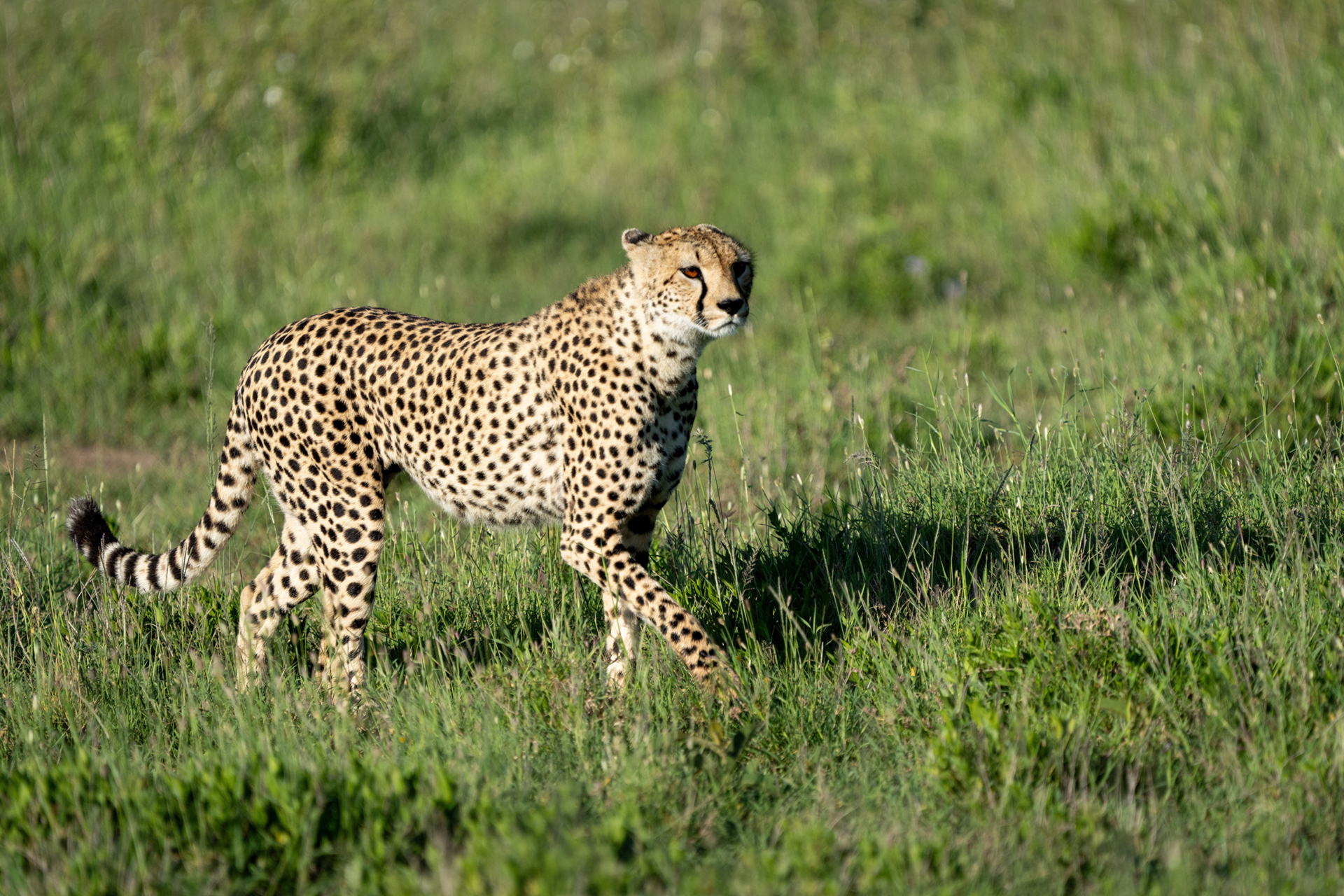
weather

Tanzania has a generally comfortable climate year-round, although there are significant regional variations. The tropical coast stays quite hot and humid with heavy and reliable rainfall, especially during the rainy season. The central plateau is cooler and arid. There are two rainy seasons—the heaviest rains (called masika) usually fall from mid-March to May, and a shorter period of rain (called vuli) occurs from November to mid-January. The dry season, with cooler temperatures, lasts from May to October.
The areas where we will be traveling are typically warm and dry, although it is surprisingly cold at higher altitudes. Summer usually lasts from November to March, and during this time there is always a chance of afternoon showers.
With altitudes ranging from 3,000 to 7,000 feet above sea level, average daytime temperatures are very comfortable and vary from 70° to 90°F, with a moderate 50° to 60°F at night.
July is another cool, dry month in Tanzania. It can be quite cold at night and in the early mornings, especially at higher elevations. Temperatures can drop as low as 40 F; be prepared with warm layers including jackets, sweaters, warm long pants and warm hats, gloves and a scarf. By midday, temperatures generally warm to the upper 70s—you’ll want to trade your warm layers for a short-sleeved shirt and shorts or zip-off pants.
The month of August is mild, with lows in the mid-50s F and highs in the upper 70s and low 80s F. A jacket or sweater is recommended for nights and early mornings, and a hat, gloves and a scarf may also be appreciated for cooler spells. Layers work best in order to be as comfortable as possible as temperatures shift throughout the day.
